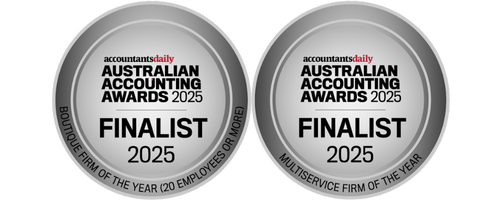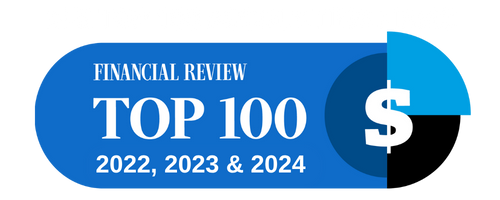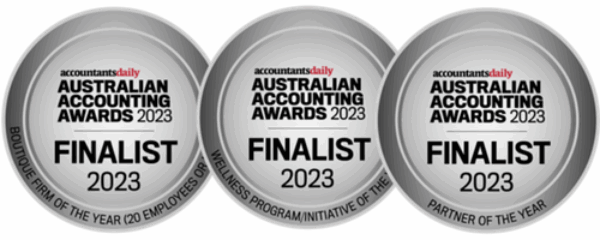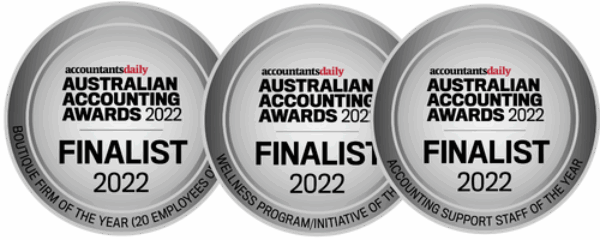Superannuation is one of the largest investments you will ever make, so it’s crucial to understand your options and choose wisely. This guide will provide you further information regarding selecting your investments.
Understanding Superannuation Investment Options
Most superannuation funds offer a variety of investment options, typically ranging from conservative to growth-oriented. Each option comes with a different level of risk and potential return. Common categories include:
- Growth: Higher risk, higher potential return. Often heavily invested in shares or property.
- Balanced: Moderate risk, balanced between shares/property and fixed interest/cash.
- Conservative: Lower risk, primarily invested in fixed interest and cash.
- Cash: Lowest risk, invested in cash or equivalents.
You can find specific details about your fund’s investment options on its website or in its product disclosure statement (PDS).
Choosing the Right Investment Option
When selecting an investment option, consider the following key questions:
- How much risk am I comfortable taking?
- What type of return am I seeking?
- How long will I be investing?
Risk Tolerance
Your comfort with risk is a significant factor. Higher growth options typically involve more risk and volatility but offer higher returns over the long term. Conversely, conservative options provide lower returns but come with reduced risk.
Investment Timeframe
Your age and investment horizon are crucial in determining the right mix. If you are young and have decades before retirement, you might afford to take on more risk with growth-oriented investments. Over the long term, these investments have the potential to yield higher returns despite short-term fluctuations.
For those closer to retirement or already retired, protecting your savings becomes more critical. Conservative or balanced options might be more suitable, as they reduce the risk of significant losses when you need to access your funds.
Sequencing Risk
Sequencing risk refers to the impact of the order and timing of investment returns, particularly around retirement. Negative returns early when withdrawing from the portfolio can significantly affect the longevity of your savings. It’s crucial to consider this risk and speaking to your financial planner around ways to help mitigate this risk.
Below shows 2 different situations. Investor not withdrawing from the portfolio and an investor withdrawing $10,000 per annum from the portfolio. Both investors experience the same returns on their investment, but the order of the returns for Investor 1 is the opposite to that of Investor 2.
| No Withdrawals | Withdrawing $10K per annum | |||||||||
| Investor 1 | Investor 2 | Investor 1 | Investor 2 | |||||||
| Year | Annual Return | Balanced ($) | Annual Return | Balanced ($) | Year | Annual Return | Balanced ($) | Annual Return | Balanced ($) | |
| 0 | $50,000 | $50,000 | 0 | $92,783 | $92,783 | |||||
| 1 | -6% | $47,000 | 15% | $57,500 | 1 | -6% | $77,216 | 15% | $96,700 | |
| 2 | -15% | $39,950 | 9% | $62,675 | 2 | -15% | $55,633 | 9% | $95,403 | |
| 3 | 22% | $48,739 | 14% | $71,450 | 3 | 22% | $57,873 | 14% | $98,759 | |
| 4 | 18% | $57,512 | 5% | $75,022 | 4 | 18% | $58,290 | 5% | $93,697 | |
| 5 | 12% | $64,413 | -4% | $72,021 | 5 | 12% | $55,284 | -4% | $79,949 | |
| 6 | -4% | $61,837 | 12% | $80,664 | 6 | -4% | $43,073 | 12% | $79,543 | |
| 7 | 5% | $64,929 | 18% | $95,183 | 7 | 5% | $35,227 | 18% | $83,861 | |
| 8 | 14% | $74,019 | 22% | $116,123 | 8 | 14% | $30,158 | 22% | $92,311 | |
| 9 | 9% | $80,680 | -15% | $98,705 | 9 | 9% | $22,873 | -15% | $68,464 | |
| 10 | 15% | $92,783 | -6% | $92,783 | 10 | 15% | $16,304 | -6% | $54,356 | |
| 7.00% | $92,783 | 7.00% | $92,783 | 7.00% | $16,304 | 7.00% | $54,356 | |||
Choosing the right superannuation investment strategy requires a clear understanding of your risk tolerance, investment timeframe, and the available options within your fund. Regularly reviewing your superannuation investments is crucial to ensure they remain aligned with your financial goals and risk preferences. Before making any investment changes we recommend speaking to your financial adviser.
For further information or to discuss your individual situation, please contact us at enquiries@walshs.com.au or book a meeting HERE.
Article by: Arin Doig, Walshs Financial Adviser











